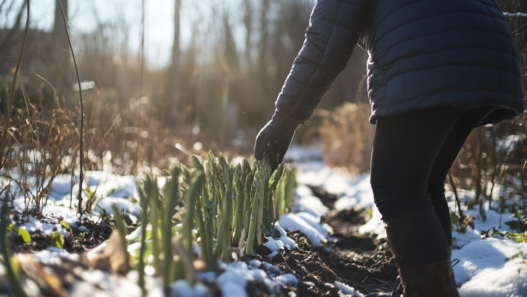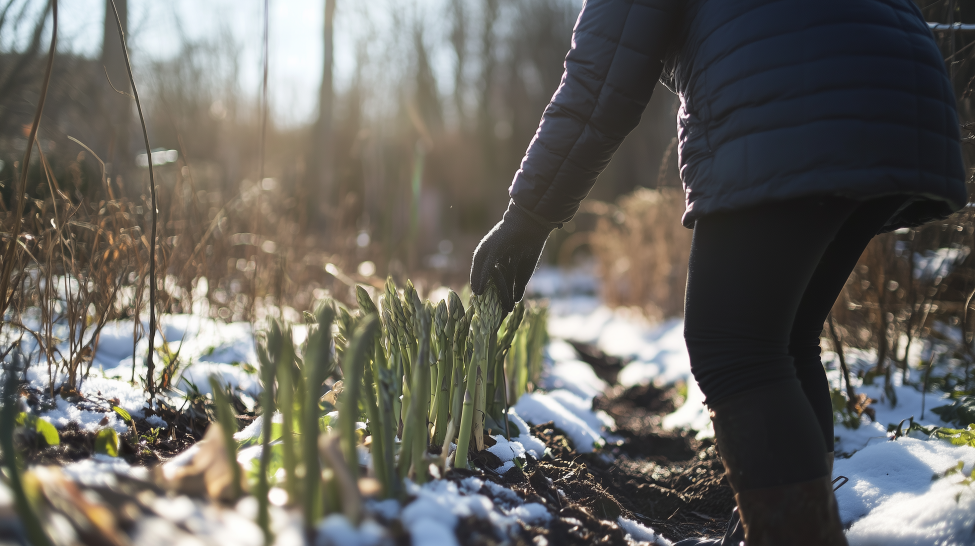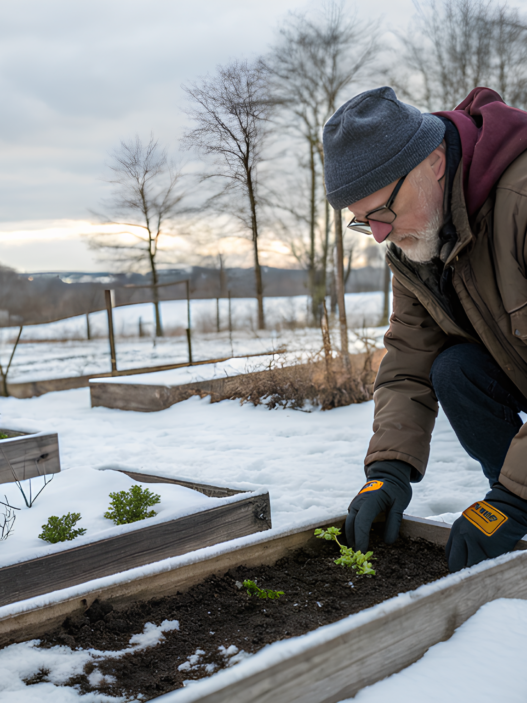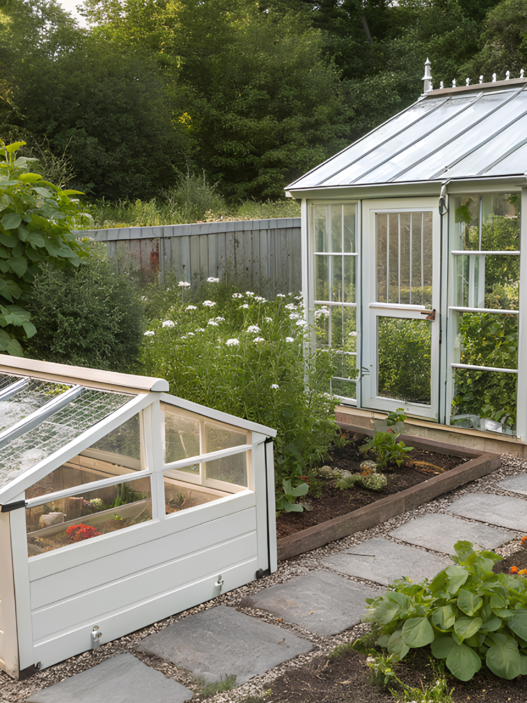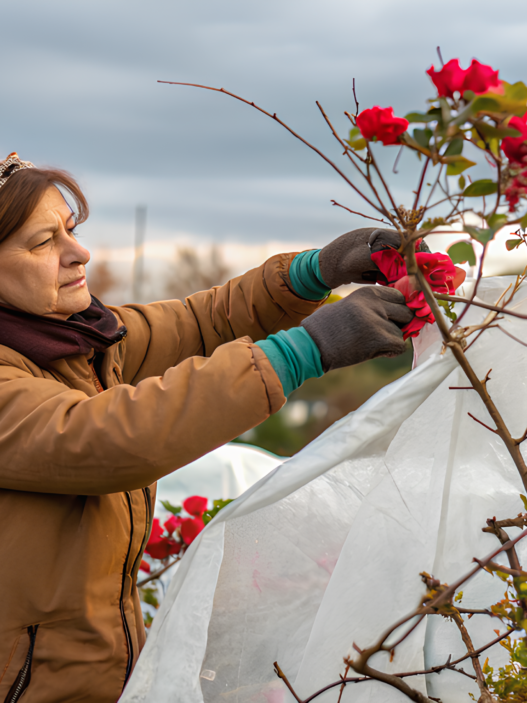Winter garden care is crucial to keeping your garden in top condition all year round. Especially important is the asparagus winter care, a perennial plant that can produce shoots for up to 20 years, but with proper care. In this article, I will explain how to care for asparagus in the winter to get good results in the spring. We will look at simple steps to protect your asparagus bed during the colder months, following which will give you an early harvest next season. I will also share tips from my own experience.
Preparing Asparagus for Winter
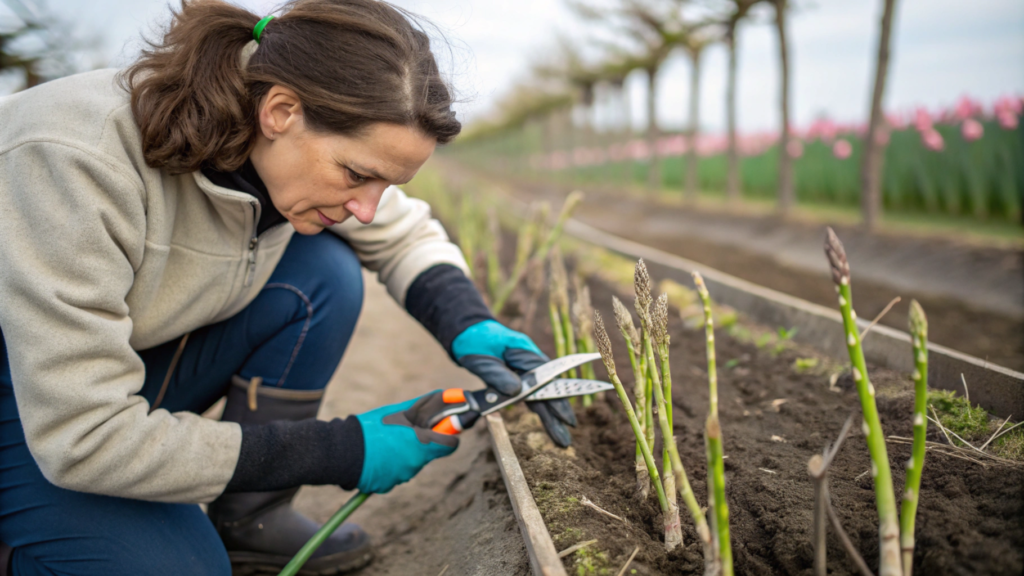
In the fall, when you notice that the asparagus leaves are starting to turn yellow and die, it means that it is time to prepare for winter. What should you do first? First, you need to cut off the withered stems as close to the soil as possible. This is an important step, it does not give pests and some diseases the opportunity to take root in the bed for a long winter period.
After the stems are cut, you need to remove all the remaining foliage and plant debris around the asparagus. We do all this in order to leave the bed clean and protected.
Mulching for winter protection
Mulching is one of the best ways asparagus winter care. Personally, I cover the bed with a thick layer of organic material, such as straw or shredded leaves, for about 7-10 centimeters. This will definitely insulate the soil and also prevent early emergence of weeds in the spring. I would recommend choosing straw for maximum effect, as it decomposes more slowly and does not compact.
Protecting asparagus crowns from frosts

Asparagus crowns are directly in the soil and are an important part of the plant. When winters are particularly harsh, frost can penetrate deep into the ground, risking damage to these crowns. Here’s how to ensure they are well protected:
- First, add an extra layer of mulch directly over the crowns; this will create an additional barrier against the cold.
- Also avoid walking in the bed during the winter. Compacted soil can reduce insulation. Avoid walking on the asparagus bed and disturbing it in winter.
Fertilizing is a step that is often overlooked

While many gardeners put off using fertilizer until spring, a winter application of compost or well-fermented manure can very well prepare the soil for healthier, stronger plants. Here are a couple recommendations:
Fertilizing with compost. Spread a thin layer of compost or aged manure over the asparagus bed before adding mulch. This enriches the soil, giving it time to decompose over the winter.
Avoid synthetic fertilizers. Much better for the soil is the use of organic matter. Sometimes synthetic fertilizers can be used, but they can disrupt the soil’s natural winter cycles, causing root damage during the colder months.
Extra protection during harsh winters
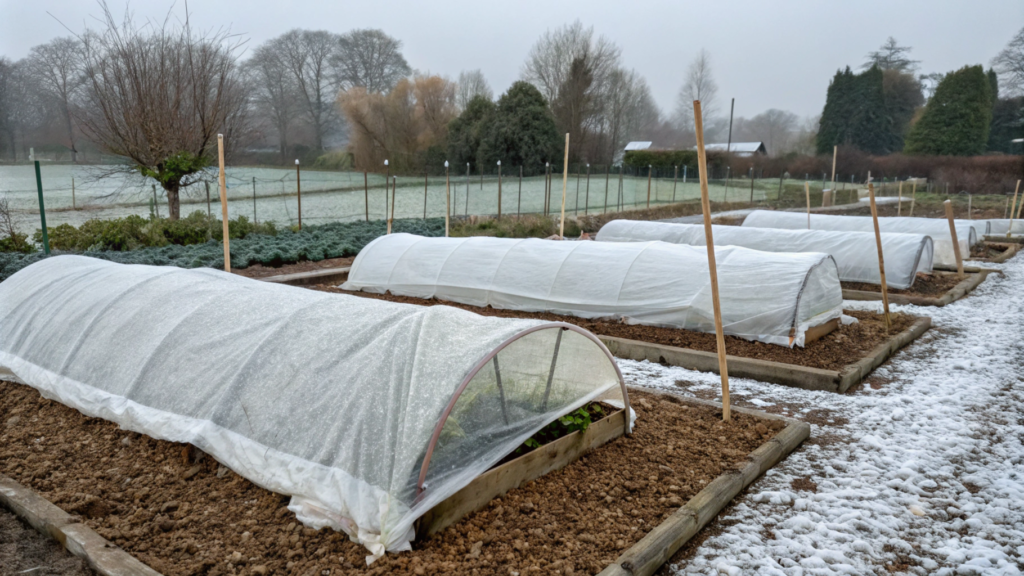
Protecting asparagus during harsh winters: Cover the rows or cover them with frost blankets. Cover the asparagus bed with a breathable fabric cover for an extra layer of warmth. In the coldest months, you can place it on top of the mulch. Windbreak. If your site is exposed to strong winter winds from all sides, consider creating a temporary windbreak around the asparagus bed.
If you live in a region where winter temperatures regularly dip below freezing, your asparagus may need extra protection. Here are some tips for asparagus winter care:
- Cover rows or frost blankets. Put a cover of breathable fabric over your asparagus bed – it’s another layer of warmth. In the coldest months, it can be laid on top of mulch.
- Wind screens. If your plot is blown from all sides by strong winter winds, consider creating a temporary wind barrier around the asparagus bed. Even a few stakes with burlap wrapped around them can help reduce the effects of cold winds.
Pest сontrol
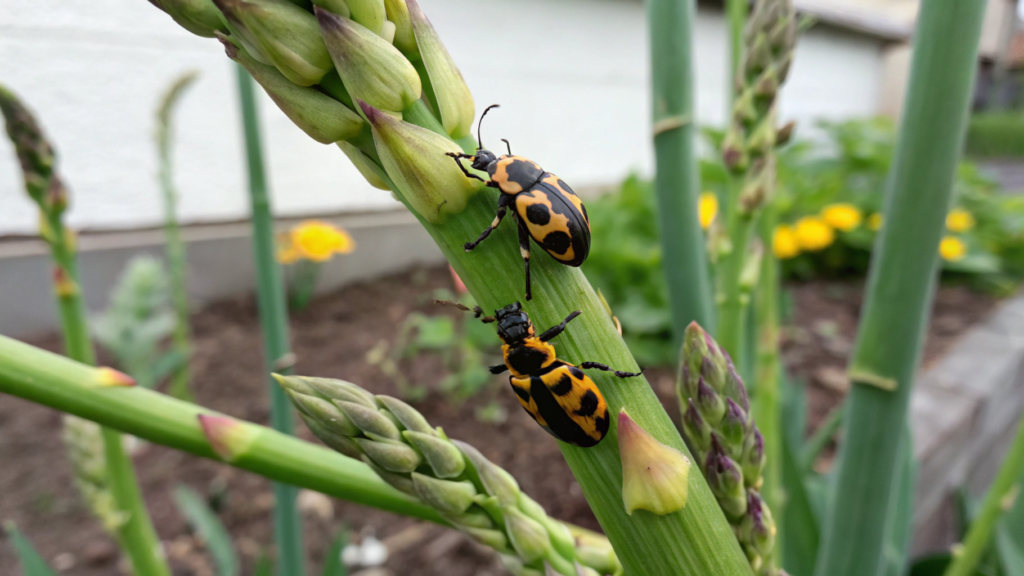
Asparagus often has problems in the winter, especially with pests that overwinter in the soil and plant debris.
One common threat is asparagus beetles, which can lay their eggs on old stems. Removing dead stems in the fall reduces their chances of survival. Another problem is slugs and snails, which are attracted to decaying material. Keeping the bed clear and adding a layer of straw will help reduce their numbers.
When to start spring care
Come spring, you’ll be able to appreciate the fruits of your labor and see the benefits of asparagus winter care. As the ground thaws and warms, you’ll want to remove the mulch from the beds to allow the soil to warm up faster. This step will stimulate early growth, and before you know it, the first shoots will be poking through the soil.
Pro tip: I recommend starting with a light weeding once the soil softens. Early weeding will lay the foundation for a healthier, more fertile asparagus bed later.
Recommended products for asparagus care
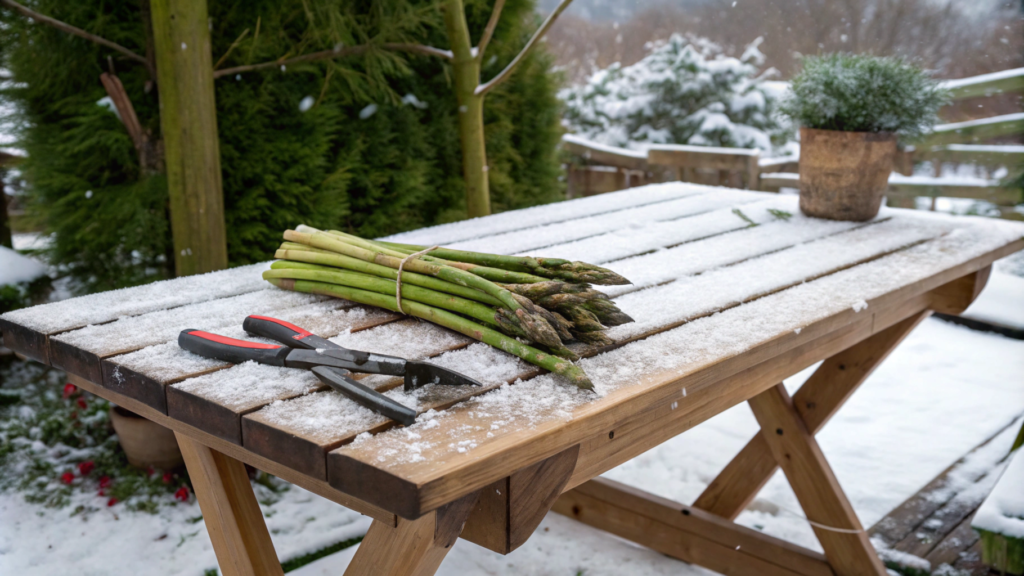
In the article, I mentioned a few products that make winter care easier . Here are a few recommendations:
- Sturdy pruning shears for clean stem pruning;
- Organic straw for mulching, available on Amazon;
- Compost or manure – quality organic products can also be found on Amazon.
Winter care for your asparagus bed
Every effort you make, every step you take now, will pay off tenfold in the spring. Let’s imagine for a moment: the ground is warming up, new shoots are pushing through, and the first tender asparagus shoots are ready to be harvested. And all this is thanks to proper asparagus winter care, when you not only prepare the plants for survival, but also give them a chance to bloom and bear fruit.
And what could be better? So take care of your asparagus as it deserves.
